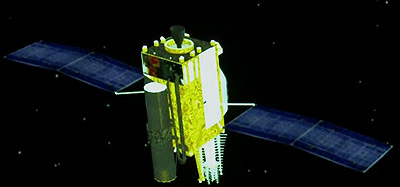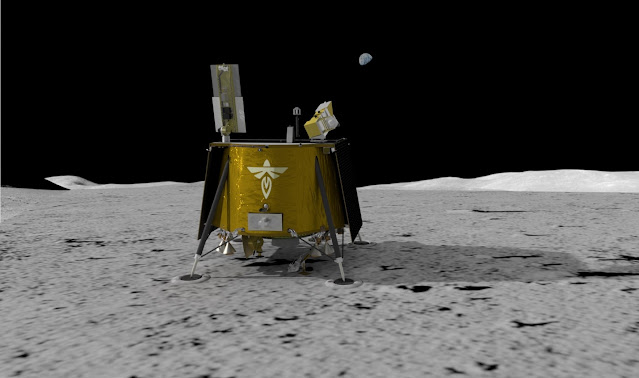NASA logo.
Feb 6, 2021
NASA is remembering Millie Hughes-Fulford, the first woman to fly as a NASA payload specialist, who died Thursday. Hughes-Fulford was selected as a payload specialist in January 1983 and flew in June 1991 aboard the space shuttle Columbia on the STS-40 Spacelab Life Sciences (SLS 1) mission, the first mission dedicated to biomedical studies. The mission flew more than 3.2 million miles, completing 146 orbits around Earth, and its crew completed more than 18 experiments during a nine-day period, bringing back more medical data than any previous NASA mission.
After her flight, Hughes-Fulford continued her research, overseeing several experiments that flew aboard the space shuttle and to the International Space Station. She was the principal investigator on a series of SpaceHab/Biorack experiments, which examined the regulation of bone cell growth. These experiments flew on space shuttle missions STS-76, STS-81 and STS-84 and contributed to studies examining the root causes of osteoporosis as it occurs in astronauts during spaceflight.
Hughes-Fulford examined changes in T-cell gene induction in spaceflight as part of a NASA/ESA (European Space Agency) experiment on which she collaboration, which flew to the space station in September 2006. That study examined the mechanism of action causing the decrease in T-cell activation in microgravity, a medical problem first discovered in Apollo astronauts upon their return to Earth. More recently, Hughes-Fulford and her team, along with their international colleagues, published a featured article in the Journal of Leukocyte Biology showing, for the first time, that microgravity itself is the root cause of T-cell dysfunction. In July 2013, NASA awarded her work as a top discovery on the International Space Station. In January 2015, her immunology experiment with the National Institutes of Health flew on a SpaceX mission to the space station.
Hughes-Fulford earned a Bachelor of Science degree in chemistry and biology from Tarleton State University in Stephenville, Texas, in 1968. That year, she began graduate work studying plasma chemistry at Texas Woman's University in Denton as a National Science Foundation Graduate Fellow. She continued as an American Association of University Women fellow from 1971 to 1972. Upon completing her doctorate at Texas Women’s University in 1972, she joined the faculty of Southwestern Medical School, at the University of Texas in Dallas, as a postdoctoral fellow, where her research focused on regulation of cholesterol metabolism.
Video: Meet the Scientist: Dr. Millie Hughes-Fulford
https://www.issnationallab.org/research-on-the-iss/researcher-interviews/dr-millie-hughes-fulford/
Image, Text, Credits: NASA/Brian Dunbar.
R.I.P.; Orbiter.ch


















































